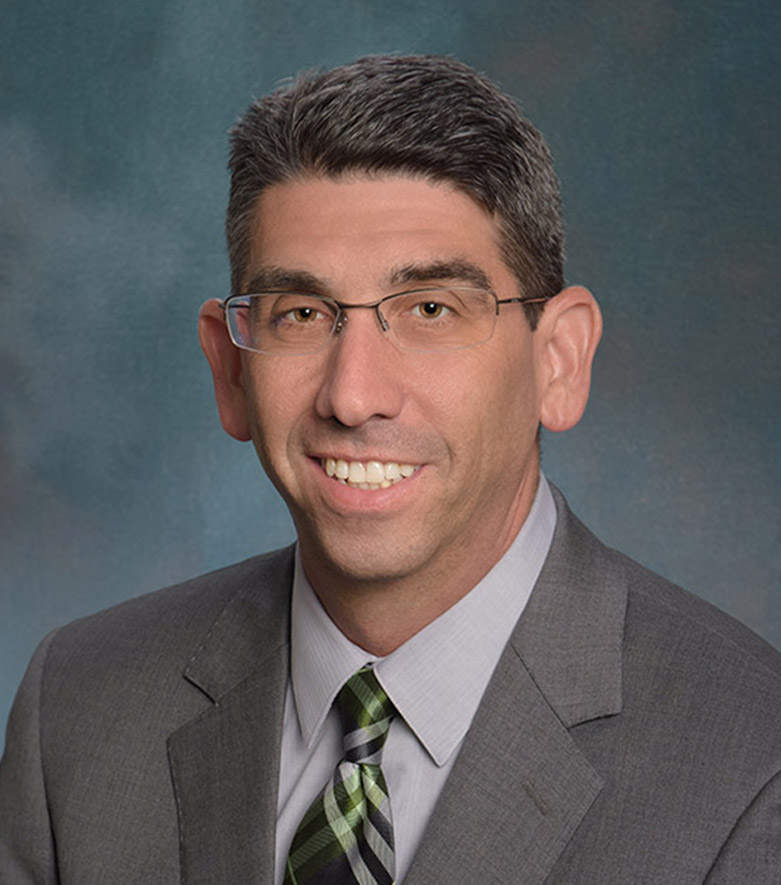Blog
Rocket’s Red Glare: Burns & Other Injuries From Fireworks
Defective Product Attorney
by David B. Bobrosky
(818) 907-3254
According to the Consumer Products Safety Commission (CPSC), about 230 people are rushed to an emergency room daily between June 20th and July 20th each year, because of serious fireworks injuries. More than half of these ER patients suffer serious burns, mostly to hands, eyes and faces. Some suffer fatal injuries.
Many accidents caused by fireworks are the consumer’s fault, primarily due to inattention, inebriation, or the taking of unnecessary risks.
Just remember what happened to New York Giants’ defensive end Jason Pierre-Paul in 2015. His inattention to which firework he was actually lighting, and an attempt to light it seven times (the wind kept blowing out the flame) nearly cost him his hand, as well as his pro-football career. He spent nearly three weeks in the hospital recovering from burns, an amputated finger and other injuries.
Many times though, fireworks manufacturers are to blame because of defects in design or a lack of sufficient warning or instruction on the packaging.
Fireworks Liability & Negligence
Sometimes, a number of individuals or entities may be found negligent. The responsible party may be a homeowner hosting a party, a fireworks manufacturer, pyrotechnic company hired to set off the fireworks, or the city that hires these companies. Even the importer may be held liable, as the company buying and selling fireworks in the U.S. has a responsibility to provide safe fireworks.
For example, a serious fireworks accident injured dozens of people in Simi Valley, California in 2013. Several injury lawsuits were filed against the Rotary Club of Simi Valley which hosted the July 4th festivities, the Rancho Simi Recreation and Park District, the City of Simi Valley, Ventura County and the pyrotechnics company, Bay Fireworks of New York.
The family of a pyrotechnic professional killed in 2014 filed a suit earlier this year against the pyrotechnic employers as well as six Chinese companies that designed, manufactured, packaged and sold a truckload of fireworks that prematurely exploded and killed four people in Texas.
California Health and Safety Code regulates the manufacture, transport, storage, sale and use of fireworks through California’s State Fire Marshall. The County of Los Angeles has its own set of regulations with classifications, which may be more stringent than state code. Click state and county fireworks code for more information, including definitions for which pyrotechnics are considered dangerous, exempt or “safe and sane”.
Serious Burn and Explosion Injuries
The problem with serious burns and other injuries sustained around explosive devices like fireworks is the long-term recovery needed. They usually require multiple skin grafts and come with a high risk of infection. Long-term physical therapy may be needed to recover the use of limbs or hands.
Fireworks accidents in particular may require intensive psychological treatment as well, as victims may be severely traumatized when attending a public event or celebrating a holiday that so seriously goes wrong. Heavy scarring or disfiguring injuries that can’t be fixed through plastic surgery may also take a psychological toll.
Treatment, whether physical or psychological, takes time and financial resources – impacting work, family and lifestyles.
Fireworks Safety

To reduce the risk of being burned or suffering other injuries from explosions, follow these safety tips:
- Purchase fireworks approved for consumer use only. If wrapped in brown paper, they’re probably meant for professionals who have the proper safety gear and training, according to the CPSC.
- Obey local ordinances – many cities in California will ban all pyrotechnics displays, especially in very dry seasons. (See LA County fireworks info.)
- Keep water on hand – buckets of it are good, garden hoses are better.
- Don’t let children play with fireworks.
- Supervise children with sparklers – festive as they may be, sparklers can burn at 2,000 degrees Fahrenheit – enough to cause serious burns when mishandled.
- Follow the lighting instructions carefully.
- Don’t modify the fireworks or experiment with homemade devices.
- Don’t light fireworks near homes, dry brush, or other fireworks.
- Light only one firework at a time.
- Don’t hover over the explosives. When lighting fireworks, try to do so at arm’s length.
- Don’t light fireworks inside metal or glass containers.
- Once lit, step away. The farther away you can get, the better.
- Don’t throw fireworks at another person. Even if you’re expecting a small explosion merely meant to scare someone, you never can predict how badly things may go awry.
- Just like a gas barbecue grill, don’t try to relight fireworks that didn’t light properly the first time – soak the duds in water and then throw them away. (In the case of a gas grill, turn off the gas, open the lid to allow accumulated gas to disperse for at least five minutes before attempting to relight.)
Whether attending a city sponsored show, or just lighting up sparklers in the back yard, always be aware of the safety risks involved with fireworks, as well as who can be held liable for negligence.
The Kardashians found this out the hard way last year, when they set off fireworks and local tempers in Marina del Rey. According to TMZ, a disgruntled neighbor attempted to sue Khloe Kardashian for a permitted, eight minute pyrotechnic display at midnight that allegedly traumatized both him and his dog. When push came to shove though, the plaintiff failed to appear in court.
The lesson goes without saying: a little common sense and a lot of precaution can keep you and your loved ones safe, and out of court as either plaintiffs or defendants.
David B. Bobrosky is a Defective Product Attorney in our Personal Injury Practice Group.
